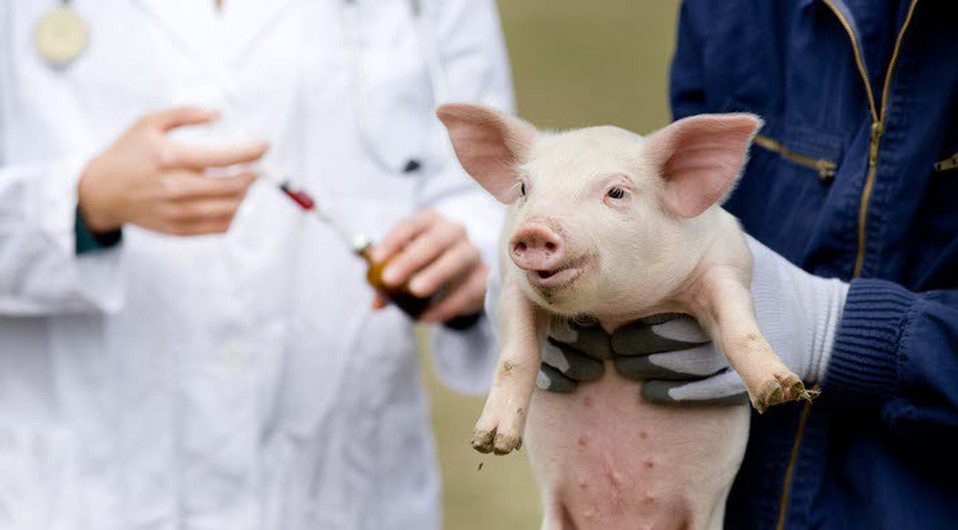Australian vets lead the way in responsible use of antibiotics
14 May 2018
Antimicrobial resistance is recognised as a global threat to human health. But is it threatening the health and welfare of Australian animals?
Australia’s Chief Veterinary Officer, Dr. Mark Schipp, will be addressing Australian veterinarians on Monday at the Australian Veterinary Association (AVA) Annual Conference in Brisbane about antimicrobial resistance (AMR). He says that it’s critical for veterinarians to retain access to antibiotics to treat sick animals, and if this access was revoked, it would have serious animal health and welfare consequences.
“As a result of our long-standing antimicrobial stewardship activities, Australia isn’t facing many of the challenges of our colleagues and livestock industries in other countries. Australia’s food supply is one of the safest and cleanest in the world and we need to continue to provide evidence to support these claims and retain and expand access to export markets,” Dr. Schipp said.
In an effort to address AMR in the other countries, policy-makers have implemented regulations on prescribing antibiotics for animal use. However, Dr. Schipp says this is not something we would want to see in Australia because it could come at the cost of animal health and welfare.
“Danish legislation stipulates that the distribution of veterinary pharmaceuticals can only occur through authorised pharmacies. It means that Danish veterinarians no longer have the right to dispense antibiotics.
“In Australia, veterinarians are authorised to prescribe and dispense medications to animals under our care. Without this, we wouldn’t be able to treat sick animals or prevent and control the disease. But with this power comes responsibilities, not only to animals in our care but to society more broadly,” Dr. Schipp said.
AVA President Dr. Paula Parker says that fighting AMR is a key priority for the AVA.
“Veterinarians play an important role in fighting AMR. Every day, veterinarians work to prevent animal diseases by advising on and implementing good biosecurity practices at the farm gate. But we are also here to treat sick animals with appropriate antibiotics when needed.
“Australian veterinarians lead the way when it comes to using antibiotics in animals responsibly – Australia is one of the countries with the least amount of antibiotic use. While we should be proud of this achievement, there is always room for improvement.
“The key for us here in Australia is to ensure veterinarians are always seeking ways to review and improve on how they use antibiotics to ensure we retain access to these important medications and treat sick animals appropriately when required,” Dr. Parker said.
Dr. Schipp said that Australia’s animal industries have a very strong AMR foundation which we must continue to build upon.
“We have developed a draft national AMR strategy for the veterinary sector for further discussions with our stakeholders, with a view to the establishment of a national AMR and antimicrobial usage surveillance program for animals – a program that would mirror the human health sector.
“We have a growing number of veterinary initiatives underway in Australia to address this global fight against AMR,” Dr. Schipp said.
For further information and requests for interviews contact the AVA media office on 0439 628 898 or media@ava.com.au.
The Australian Veterinary Association (AVA) is the only national association representing veterinarians in Australia. Founded in 1921, the AVA today represents 9000 members working in all areas of animal science, health, and welfare.
